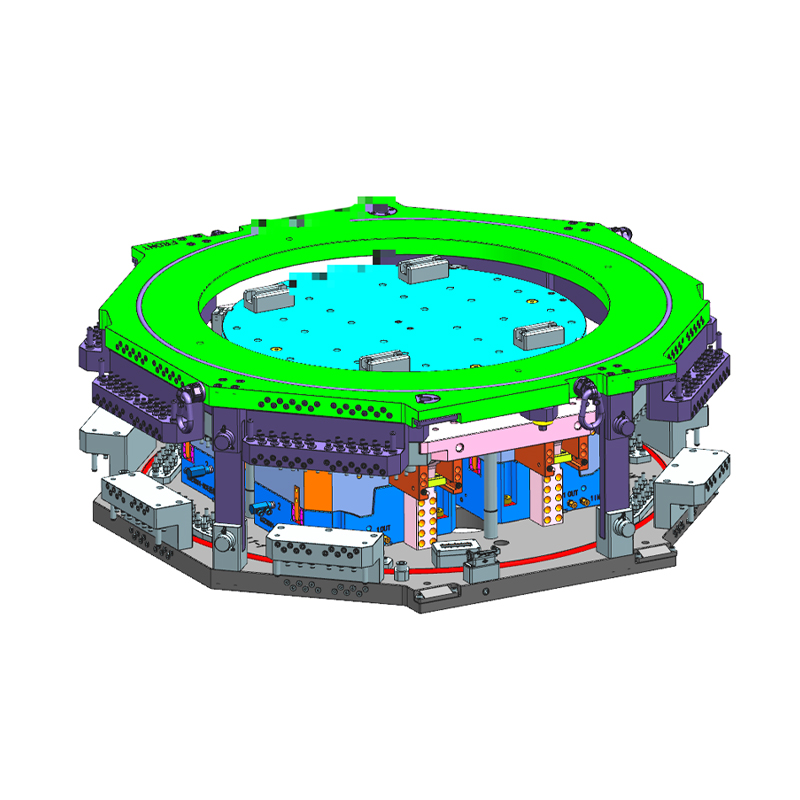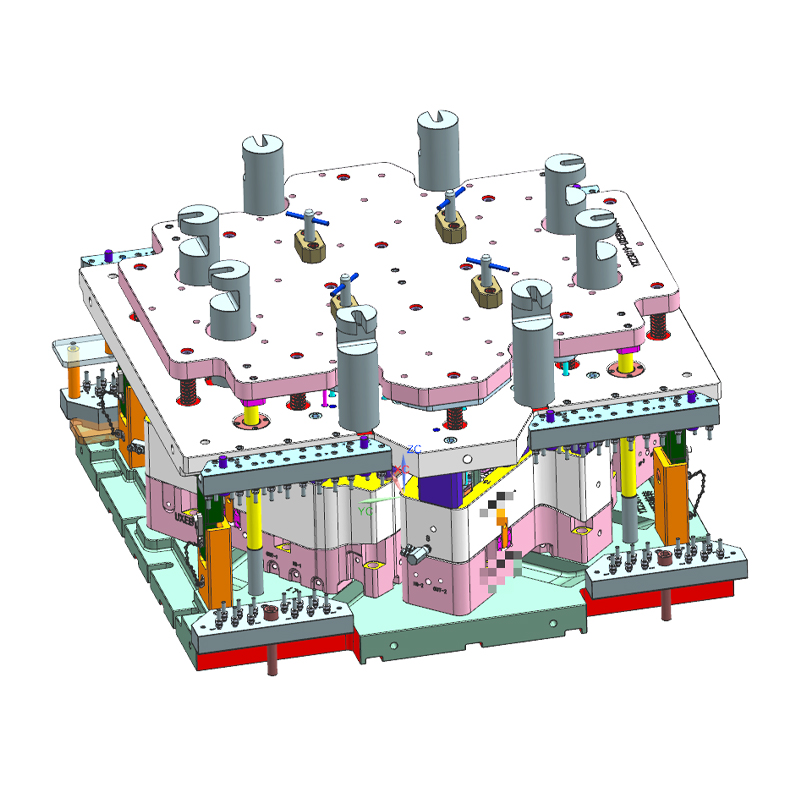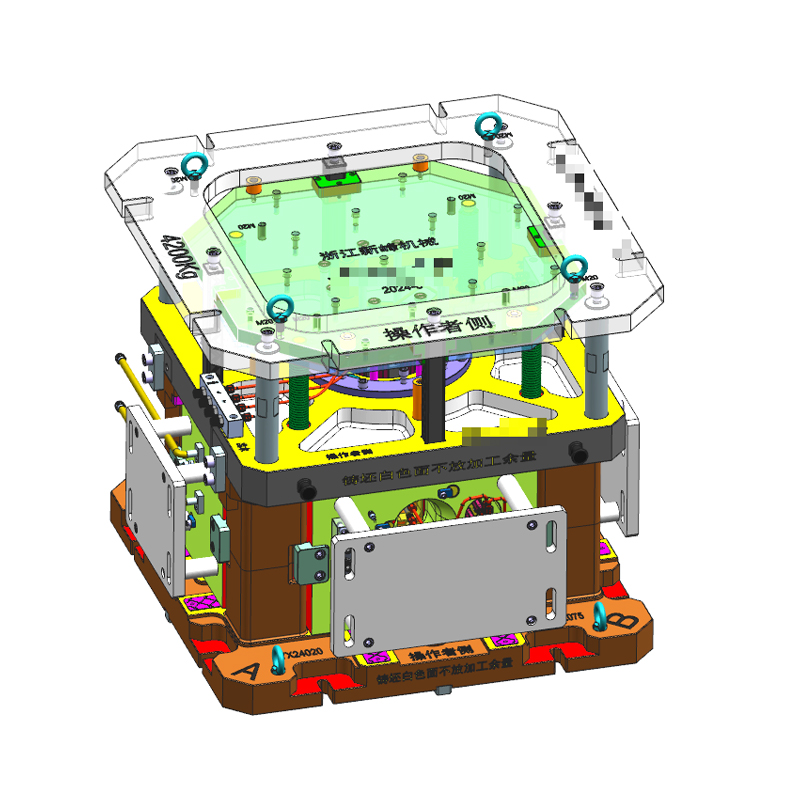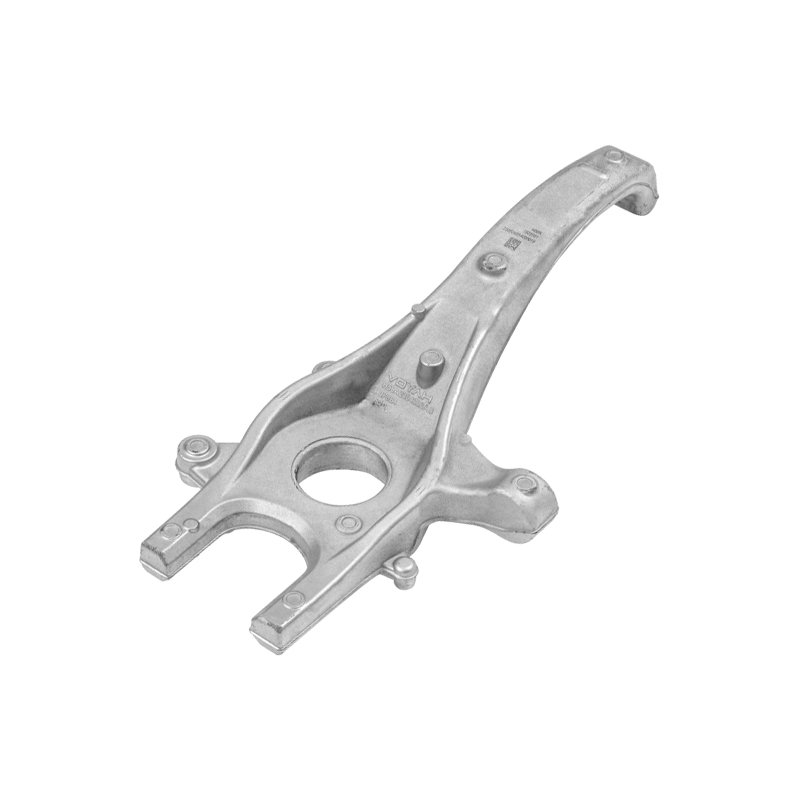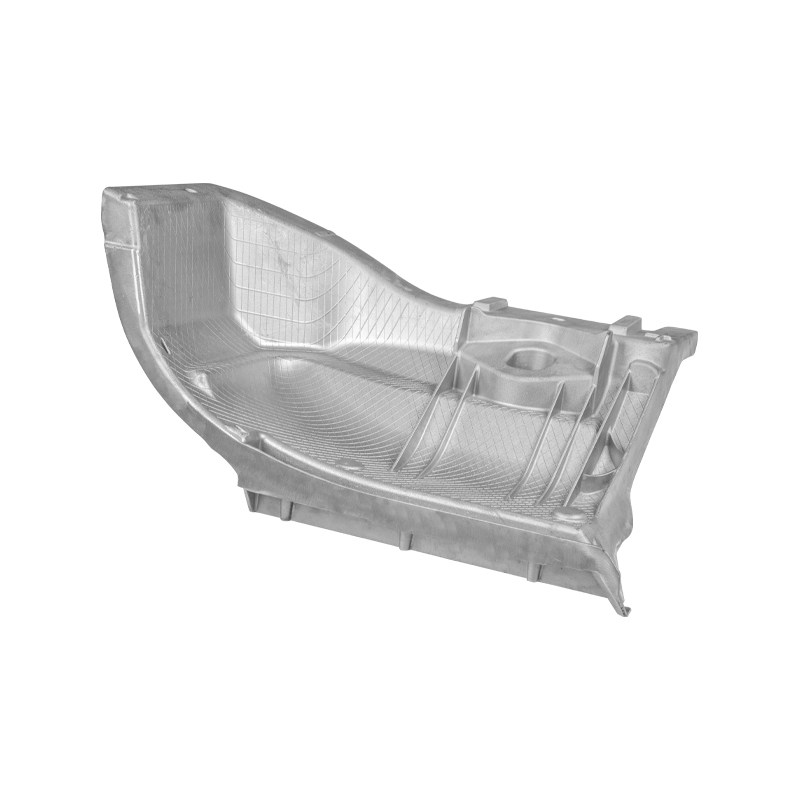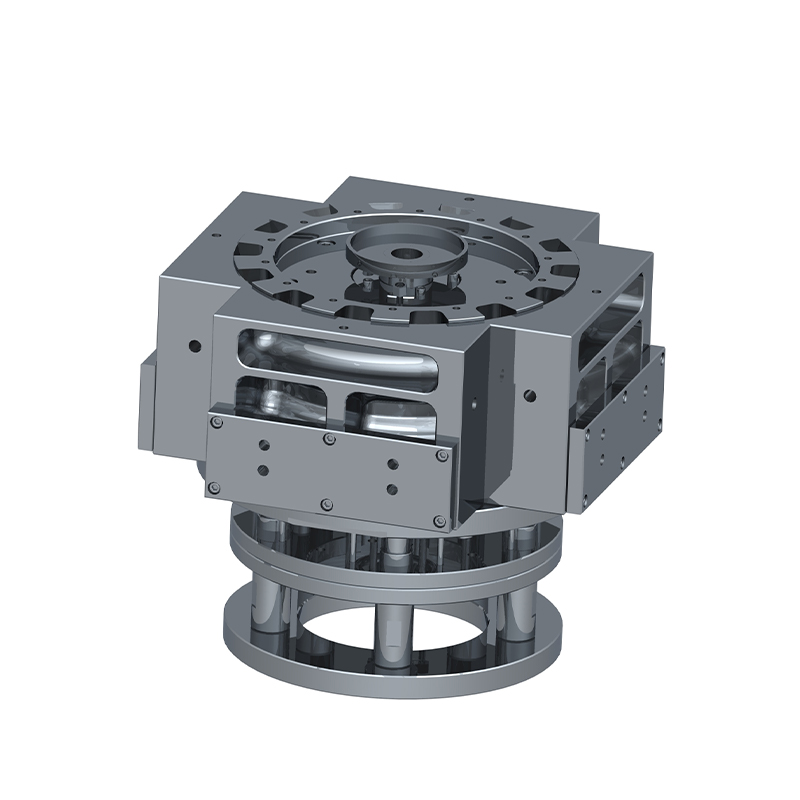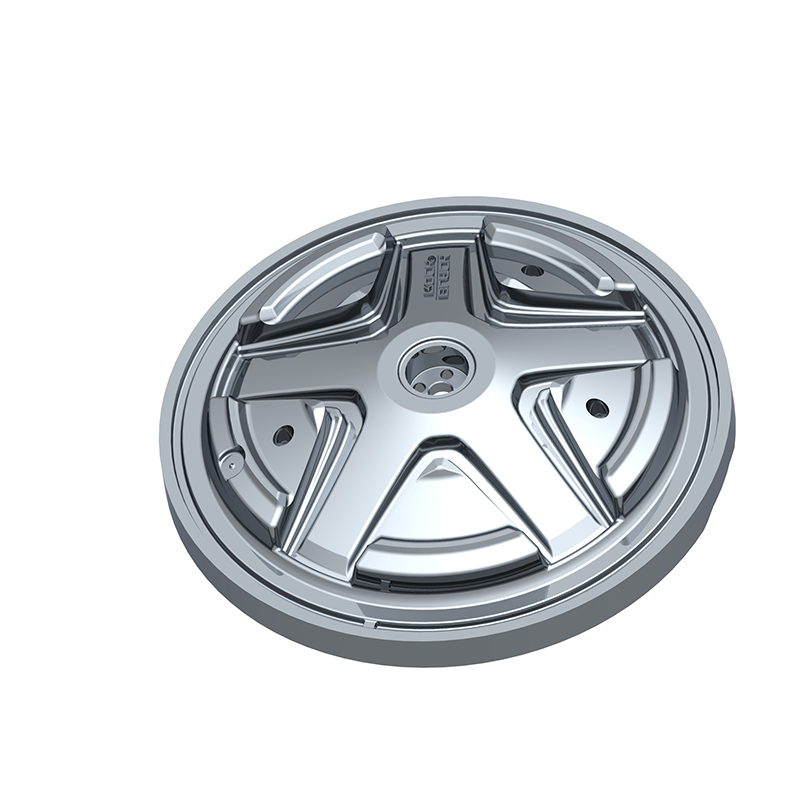We offer molds for diverse industries, including automotive, military, and construction, enabling global competitiveness through innovation and expertise.
What are the advantages of low-pressure casting aluminum alloy wheel hub molds?
Low pressure casting aluminum alloy wheel hub molds have significant technological advantages in the automotive manufacturing industry, and their core values are reflected in multiple dimensions such as material properties, process efficiency, and product quality. From the perspective of materials science, this process controls the air pressure inside a sealed insulation furnace (usually maintained at 0.5-1.5 atmospheres), allowing the aluminum liquid to smoothly rise along the riser and fill the mold cavity. This unique filling method has brought many technological breakthroughs. In terms of metal utilization rate, compared to the traditional gravity casting yield of 60% -70%, low-pressure casting can increase the utilization rate of aluminum liquid to over 90%, which not only reduces raw material costs but also reduces subsequent machining volume. The practical data of a German wheel hub manufacturer shows that after adopting an optimized low-pressure casting system, the aluminum consumption of a single wheel hub has been reduced by 12%, saving millions of euros in annual costs.
The advantages in process control are particularly prominent. By precisely adjusting the filling pressure curve (typical parameters are: initial pressure rise rate of 0.3 bar/min, and maintaining 1.2 bar for 120 seconds during the holding phase), the solidification sequence of the molten metal can be effectively controlled. A comparative experiment conducted by a research institute in Japan shows that this controlled solidification process refines the grain size of key parts of the wheel hub to below 50 μ m, increases tensile strength by about 15%, and extends fatigue life by 30000 cycles. Of particular note is the improvement in the mechanical properties of the transition area between the spokes and the wheel rim, which is prone to shrinkage defects in traditional casting. However, low-pressure casting can control the defect rate below 0.5% through end pressurization technology (such as using a secondary pressurization of 1600mbar).
From the perspective of production automation, modern low-pressure casting production lines have achieved a high degree of integration. Taking a leading Chinese manufacturer as an example, its six station rotary table casting machine, combined with a robot picking system, can achieve a cycle of completing a wheel hub blank every 3 minutes, and the equipment utilization rate is stable at over 85%. This high-efficiency production mode, combined with online detection systems (including X-ray inspection, spectral analysis, etc.), enables the product defect rate to be controlled within 0.05%. What is more noteworthy is the process stability. When 1000 pieces are produced continuously with the same mold, the standard deviation of the dynamic balance of the wheel hub is only 2.3g · cm, far better than the industry standard of 15g · cm.

 English
English 中文简体
中文简体